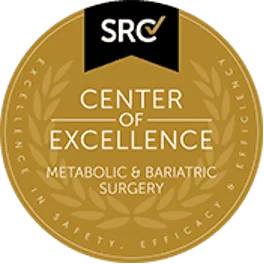Hernia Repair
TAPP repair
This minimally invasive surgical procedure is performed under general anaesthesia. Your surgeon makes a small incision beneath the navel. A needle is inserted through the incision and the abdomen is filled with gas. This allows your surgeon to view the internal organs clearly. The needle is removed and a camera is inserted through the incision. Further, 2 more incisions are made near the navel to introduce the surgical instruments. The peritoneum (a membrane that lines the abdominal cavity) is cut and the hernia sac is removed carefully. A synthetic mesh is placed over the peritoneal opening and then closed with sutures. The disadvantage of the TAPP procedure is it can cause injury to adjacent abdominal organs. The advantage of the TAPP procedure is that it can be performed on patients who have undergone previous lower midline surgery.
TEP repair
This procedure is also performed under general anaesthesia. Your surgeon makes small incisions below the navel. A balloon is placed in the preperitoneal space (space between the peritoneum and anterior abdominal wall) and filled with gas to separate the layers. The camera and the surgical instruments are passed through the incisions. Your surgeon exposes the hernial sac, repositions it and seals the hernia with a synthetic mesh. The incisions are then closed with sutures. The mesh slowly gets incorporated with the tissues of the abdominal wall. The advantage of TEP procedure is that it prevents the risk associated with damage to the internal organs as it is performed outside of the peritoneum.
As with all surgical procedures, TEP and TAPP hernia repair may be associated with certain complications, which include infection, bleeding, swelling and damage to the adjacent organs.



